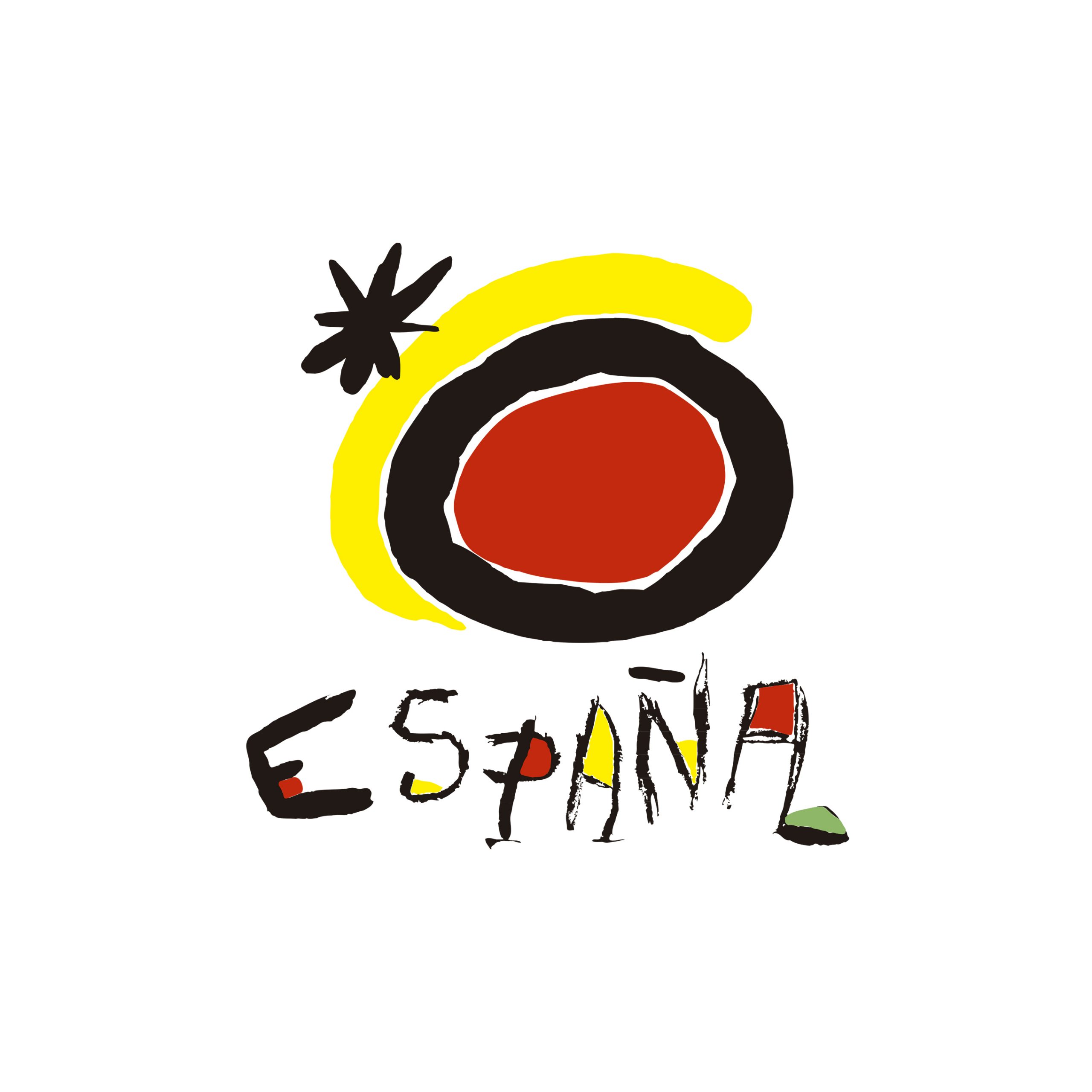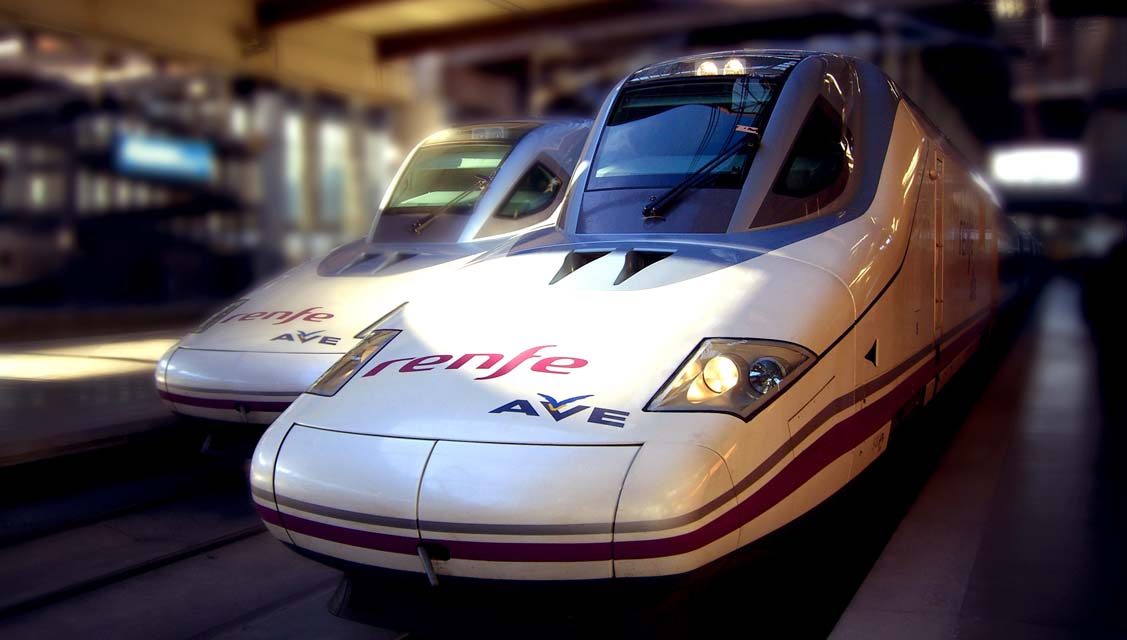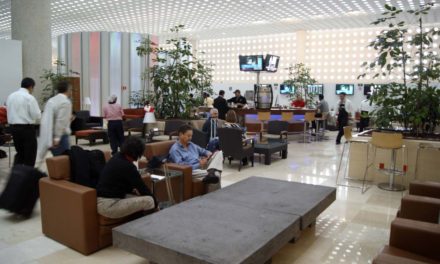It’s very common for business travelers to extend their stay whenever they visit Barcelona to attend a major conference or if they are returning here on holiday with family and friends. And why not? The city has a tropical climate, fresh Catalan gastronomy and an easy lifestyle.
It’s also s a perfect opportunity to visit other Spanish cities which are well connected by high speed rail.
Experience High Speed Rail in Spain:
[flgallery id=81/]
While I certainly appreciate the benefits of using airlines, sometimes the train is just an easier choice when visiting multiple cities in Europe. And now high speed rail is easier than ever to go between Spain and France.
Barcelona is the hub that recently expanded to connect the Iberian Peninsula by rail to other cities in continental Europe.
A joint operation that started on December 15, 2013 between the French SNCF rail and the Spanish Renfe transportation companies has created several high speed rail options between major French business centers and Barcelona resulting in shortened and more convenient transfers between business destinations.
For example, if a business traveler previously wanted to visit Paris or any French city, he or she would have had to change in Peripignan which is across the border from Spain. And then he or she would have had to change in one of the cities with a high speed TGV train to Paris or a local SCNF train to go elsewhere. It was a bit complicated and took extra time to travel this way.
Now it is much more convenient for business travelers to fly in and out of Barcelona El Prat airport, but rely on high speed rail if they want to see other Spanish or French cities.
So, if you want to visit Paris from Barcelona, you can get there in six and a half hours. If you wan to visit the French Riviera, the current and more direct train route now provides easier access to Marseilles (4 hours) which then allows for easier connections to Riviera cities like Cannes — in about two and a half hours. Sure, there are many airlines offering these routes for quick travel, but the shortened train ride and scenic routes are very tempting.
What to Expect on High Speed Rail
We always recommend first or business class seats, but you will certainly be comfortable anywhere on the train. A few features include:
- Power outlets that allow business travelers to work during the several hour journey to France.
- A full dining car that allows you to stretch your legs and take a break during long journeys.
- There are also movies and headphones provided by in the Renfe trains originating in Barcelona.
- Routes from Barcelona use brand new AVE series 100 trains, which will travel up to speeds of 300 km/h (200 m/h).
- First Class areas include reclining seats, table service and personalized audio and visual features.
- Note that Rail Europe has flagged SNCF baggage restrictions if you’re traveling from Spain into France.
High Speed Rail Schedule
The following is a description of each of the routes offered and times:
- Two high speed AVE Trains are scheduled from Barcelona to Paris each day with one departing in the morning and the other in the afternoon. The total journey time is around six and a half hours. They stop in the Spanish cities of Girona and Figueres as well as the French cities of Perpignan, Narbonne, Béziers, Montpellier, Nimes, Valence and Paris.
- One AVE is scheduled daily from Barcelona to Lyon that takes just under five hours. It stops in the Spanish cities of Girona and Figueres as well as the French cities of Perpignan, Narbonne, Béziers, Montpellier, Nimes, Valence and Lyon.
- One AVE is scheduled daily from Barcelona to Toulouse that lasts justo ver three hours. It stops in the Spanish cities of Girona and Figueres and the French cities of Peripignan, Carcassone and Toulouse.
There are also AVE trains connecting from Barcelona to the rest of Spain to cities such as Madrid, Seville and Malaga. AVE trains are available mainly to and from the major railroads of Barcelona Sants Station and Madrid Atocha. Check this list of national AVE routes within Spain.
One Ave train also arrives each day from Madrid to Barcelona, which you may then wish to either visit the capital of Catalunya or continue on your journey to see Paris or Marseille. There is one daily AVE train that connects Madrid and Marseilles via Barcelona in seven hours. The AVE train stops in the Spanish cities of Madrid, Barcelona, and Girona and the French cities of Perpignan, Narbonne, Béziers, Montpellier, Nimes, Avignon , Aix-en-Provence and Marseilles.
The route maps can be found here on the national rail system of France SNCF Website.
High Speed Rail Prices
One way tickets between Barcelona and Paris can cost between 59 and 200 Euros (last minute), based on your route and class of seat. The entire price listing can be found on the Renfe website. In addition, Renfe offers a significant discount to business travelers who use the high speed AVE trains originating from Barcelona and the corresponding return journeys. The BonoAVE Pass provides a thirty five percent discount to the general base price of each ticket for up to ten rides.
It should be noted that there are some specific restrictions that apply that can be found on the BonoAVE page on the Renfe website. This is a great option for business travelers who would like first class travel due to the extensive discount provided to frequent travelers on this line.
I have used high speed train travel in Europe frequently due to its comfort and convenience. I feel that it is much more enjoyable to hop on a train, grab something to eat in the dining car, watch a movie, listen to music or even strike up a conversation with a traveler who is sitting next to me.
Depending on your destination, our review indicates that a business traveler can really experience the countryside or the beautiful Iberian and Mediterranean coastlines all in the comfort of the high speed train.
Although I haven’t taken the new route yet, it seems the new high speed AVE and TGV routes will be a smart way to get around.















